Indian Railways (IR) is India's national railway system operated by the Ministry of Railways. It manages the fourth largest railway network in the world by size, with a route length of 67,368-kilometre (41,861 mi) and total track length of 121,407-kilometre (75,439 mi) as of March 2017. About 60% of the routes are electrified with 25 kV 50 Hz AC electric traction while 33% of them are double or multi-tracked. The government has committed to electrify its entire rail network by 2023, and become a "net-zero railway" by 2030.
Indian Railway (IR) runs more than 20,000 passenger trains daily, on both long-distance and suburban routes, from 7,349 stations across India. The trains have five-digit and four-digit numbering system. Mail or Express trains, the most common types, run at an average speed of 50.6 kilometres per hour (31.4 mph). Most premium passenger trains like Rajdhani, Shatabdi Exp run at peak speed of 140–150 km/h (87–93 mph)...阅读全文
Indian Railways (IR) is India's national railway system operated by the Ministry of Railways. It manages the fourth largest railway network in the world by size, with a route length of 67,368-kilometre (41,861 mi) and total track length of 121,407-kilometre (75,439 mi) as of March 2017. About 60% of the routes are electrified with 25 kV 50 Hz AC electric traction while 33% of them are double or multi-tracked. The government has committed to electrify its entire rail network by 2023, and become a "net-zero railway" by 2030.
Indian Railway (IR) runs more than 20,000 passenger trains daily, on both long-distance and suburban routes, from 7,349 stations across India. The trains have five-digit and four-digit numbering system. Mail or Express trains, the most common types, run at an average speed of 50.6 kilometres per hour (31.4 mph). Most premium passenger trains like Rajdhani, Shatabdi Exp run at peak speed of 140–150 km/h (87–93 mph) with Gatiman Express between New Delhi and Jhansi touching peak speed of 160 km/h (99 mph). Indian railways also runs ingenuously built semi-high speed train called Vande Bharat (also known as Train-18)" between Delhi - Varanasi and Delhi - Katra which clocks a maximum track speed of 180 km/h (110 mph). In the freight segment, IR runs more than 9,200 trains daily. The average speed of freight trains is around 24 kilometres per hour (15 mph). Maximum speed of freight trains varies from 60 to 75 km/h (37 to 47 mph) depending upon their axle load with container special running at a peak speed of 100 km/h (62 mph).
As of March 2017, Indian Railway's rolling stock consisted of 277,987 freight wagons, 70,937 passenger coaches and 11,452 locomotives. IR owns locomotive and coach-production facilities at several locations in India. The world's eighth-largest employer, it had 1.30 million employees as of March 2016.
In the year ending March 2018, IR carried 8.26 billion passengers and transported 1.16 billion tonnes of freight. In the fiscal year 2017–18, IR is projected to have revenue of ₹1.874 trillion (US$27 billion), consisting of ₹1.175 trillion (US$17 billion) in freight revenue and ₹501.25 billion (US$7.3 billion) in passenger revenue, with an operating ratio of 96.0 percent.
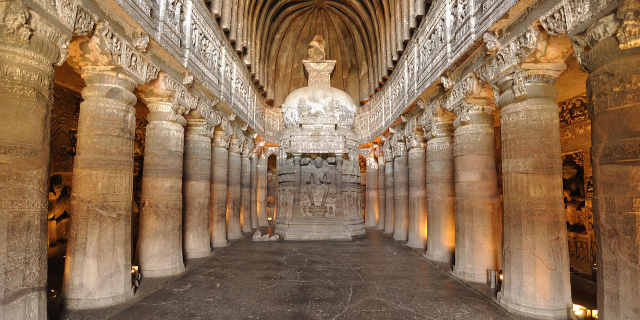

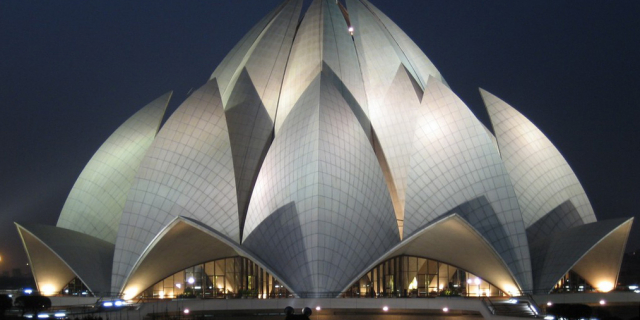

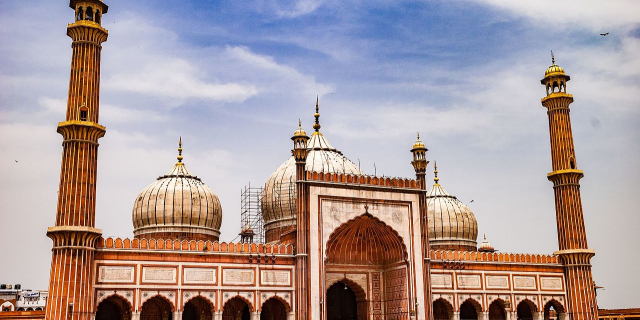






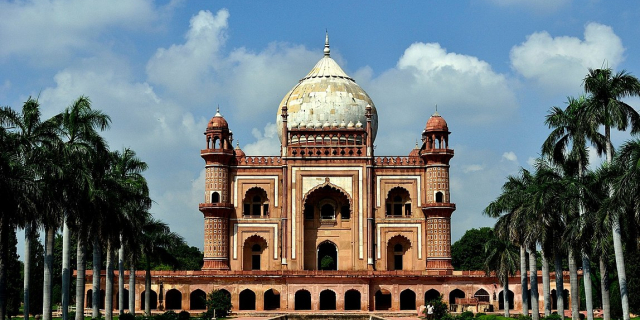





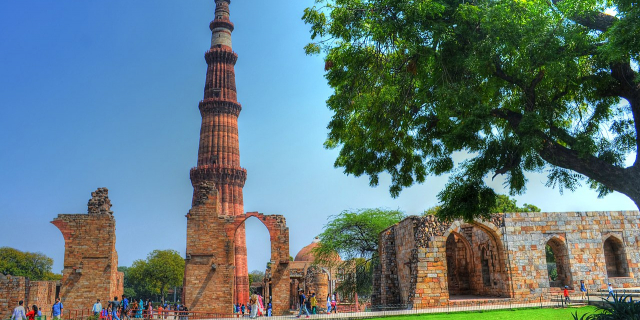
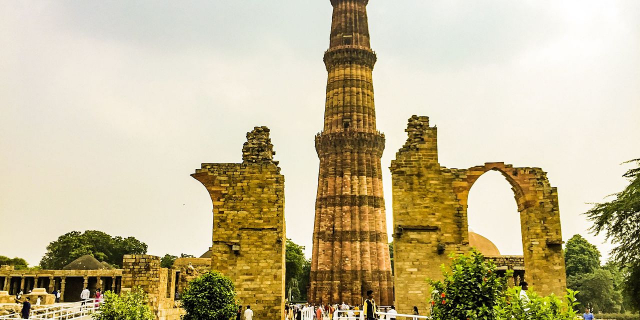
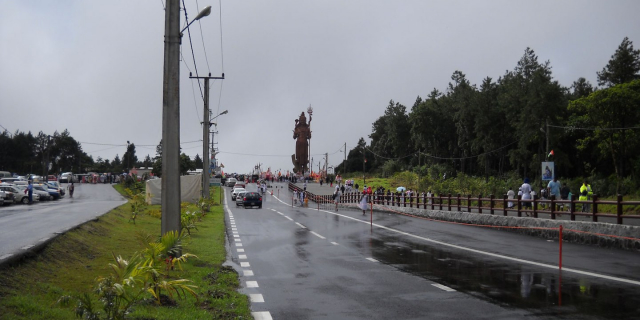
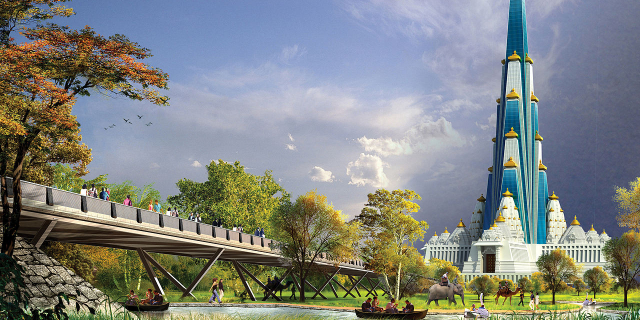
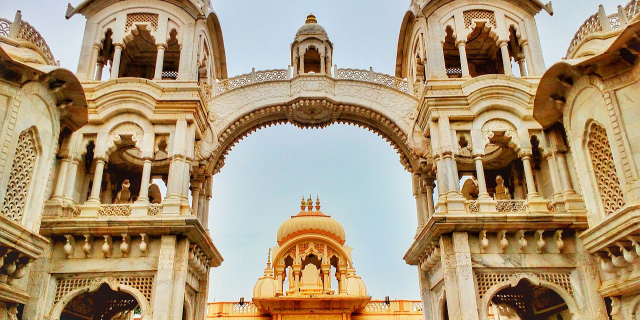

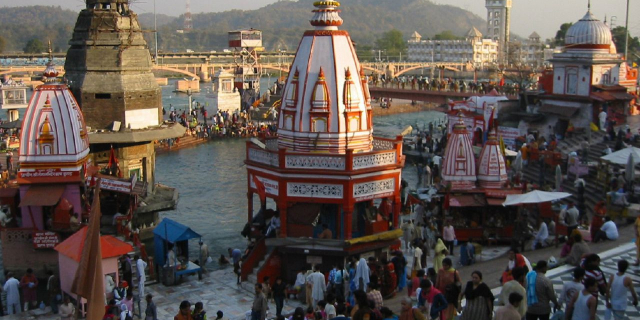


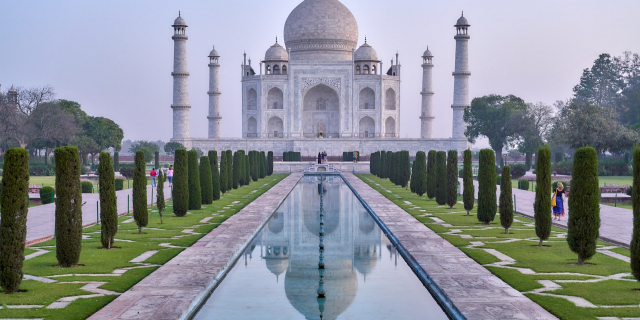
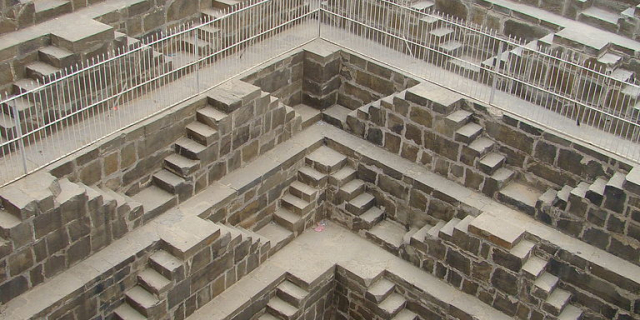



添加新评论